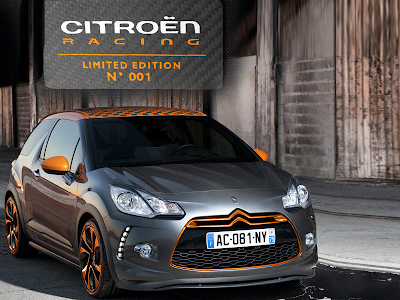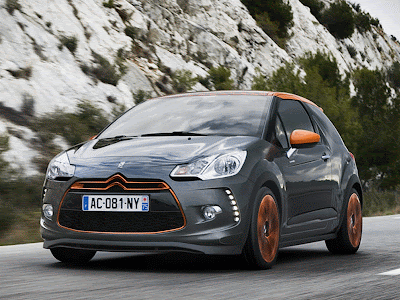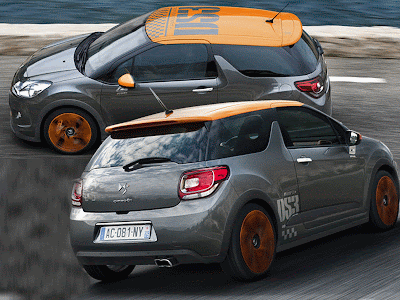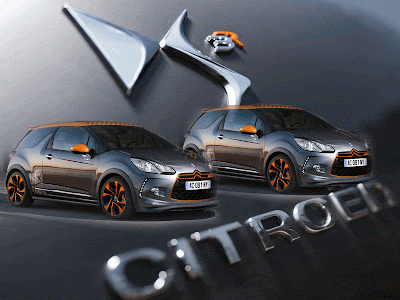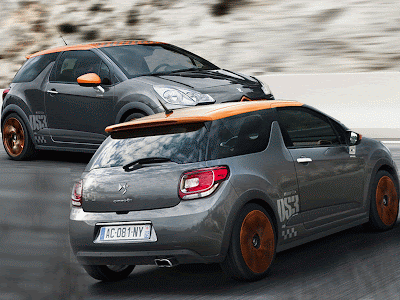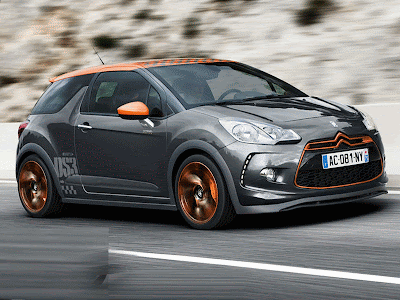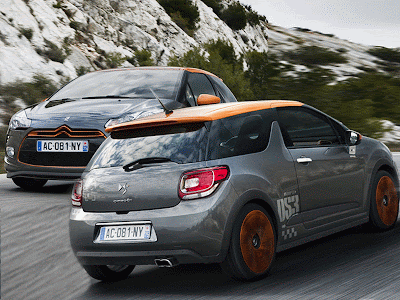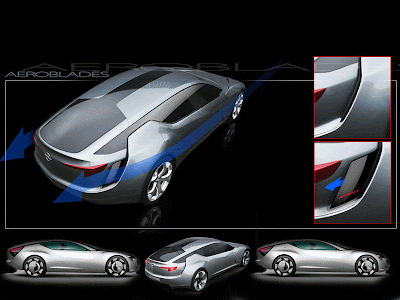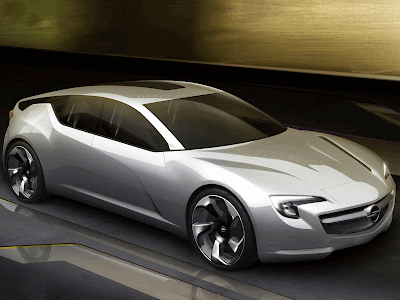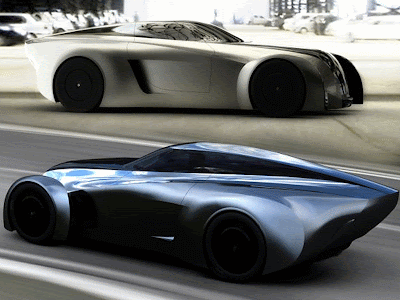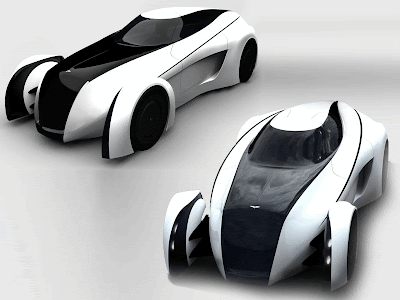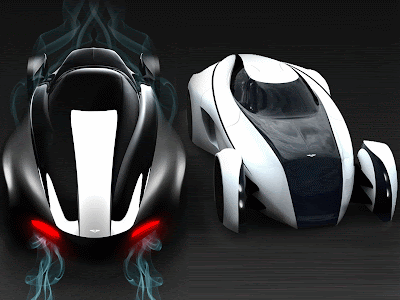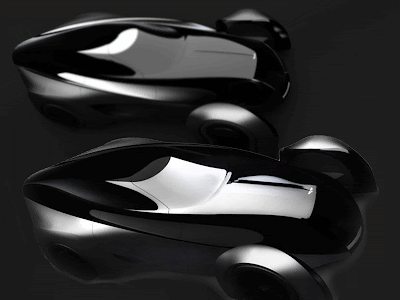Sunday, February 28, 2010
2010 Citroen DS3 Racing Car Limited Edition
Tattoo Designs
camel tattoo for girls | TATTOO CONVENTION
 camel tattoo for girls | TATTOO CONVENTION
camel tattoo for girls | TATTOO CONVENTIONPeugeot 306 XSI 2.0

Peugeot 306 XSI 2.0 Clifford Cat 1 Alarm With 3 Key fobs one of which is the master key fob also a Toad Multipoint Immobiliser Full Ecosse Bodykit with Porsche style splitter and spoiler with brake light delocked, dehandled and debadged with TVR style poppers 3.5k ICE including DVD player and full boot build Momo steering wheel and limited edition 306 stainless steel gear knob blue neon’s under foot wells as well as a full under car neon kit which is multi function and colour £0000s spent and is a real head turner.
White Peugeot 306 body styling

The White Peugeot 306 body styling rear light kit uses the latest technology DUEL LED lights.
pleace comment White Peugeot 306 body styling
Saturday, February 27, 2010
The Peugeot 306 Afterburner

The Peugeot 306 Afterburner is produced in injection moulded plastic. The kit includes all bulbs and connectors needed to fit the kit
Peugeot 306 Afterburner LED rear lights conversion
Tribal Bull Tattoo -Tips on Getting Your New Tattoo
So you've decided that you want to get a tribal bull tattoo. But where do you start? I can tell you that doing the proper research beforehand is a must. You are about to spend a lot of your cash on getting your new artwork. So you want to make sure that you get the piece that you like. This artwork is going to be a permanent feature on your body. Doing good research beforehand can make all the difference in the world.
I have a feeling you have done what so many others have done before you. Let me guess, you've gone to Google images to start your research. This isn't a bad place to get some ideas, but you need to keep in mind that everyone starts the research here and that means you run the risk of duplicating someone else's artwork.
If I were you I would check out one of the pay tattoo websites. These websites offer a wealth of advantages when it comes to your new tattoo. You can get access to a tattoo artist that does nothing but tribal tattoos. That artist can work with you to customize your piece so you're happy with the end results. You also get access to a huge group of other tattoo enthusiasts that may be able to help you out with any questions or concerns you may have.
Most of the best pay tattoo sites also offer reviews of local tattoo parlors. This gives you the peace of mind of knowing that you are going to a tattoo parlor that is both safe and reputable.
As you can see, you've got your work cut out for you when deciding on your new ink. Good luck on getting your new tribal bull tattoo!
Bull Tattoo - The Perfect and Fascinating Bull Tattoo Design For Men
Some tattoos, are suitable for men as well as women known as the unisex tattoos. However, few tattoos look good on either one of them. For women, designs like flower tattoos look good. The best for men are the bull tattoos. Since, the Bull represents a masculine symbol. It is always related to men. Bull tattoos are also related to zodiac signs too. The person wearing this tattoo is said to be strong, temperamental and impulsive. Hence, these tattoos are the best ones to explain your strong personality.
 The head of the bull is one of the popular designs of the tattoo. The structure of the head is sharp and thus it helps the tattoo artists; to skillfully paint the art. The face is designed with a ring on the nose and with flaring nostrils that give an angry look to the face. Crescent shaped horns; cover the face of the bull. Each person has their own idea about the bull tattoo design. Some people, like the realistic appearance of the bull and others prefer a carton style tattoo. The carton style tattoo with the features of the bull is exaggerated. Here, the eye of the bull is painted in blazing colors of red. There are few people who design the head in such a way that it looks as though, it is bursting through the skin. Many tattoo designers, prefer this image when designing a skull.
The head of the bull is one of the popular designs of the tattoo. The structure of the head is sharp and thus it helps the tattoo artists; to skillfully paint the art. The face is designed with a ring on the nose and with flaring nostrils that give an angry look to the face. Crescent shaped horns; cover the face of the bull. Each person has their own idea about the bull tattoo design. Some people, like the realistic appearance of the bull and others prefer a carton style tattoo. The carton style tattoo with the features of the bull is exaggerated. Here, the eye of the bull is painted in blazing colors of red. There are few people who design the head in such a way that it looks as though, it is bursting through the skin. Many tattoo designers, prefer this image when designing a skull.
Bull tattoos are designed as an action piece. Some of the action pieces of the tattoo designs are: charging on the target, running in sunset, trying to throw the cowboy; from the back of the bull, etc. The other new idea that has emerged is: the bull fighting inside or outside of the ring. All the good ideas lie inside you. The bull is related to the sun or the moon, in Hindu Mythology. The connotations associated with the celestial world can be used to design mythological bull tattoos. These tattoos are believed to turn their heads. The horn is meant to be half moon and the tip of the tail is displayed in the form of sun rays. There are countless unique designs of bull tattoo that fascinates the world of men.
